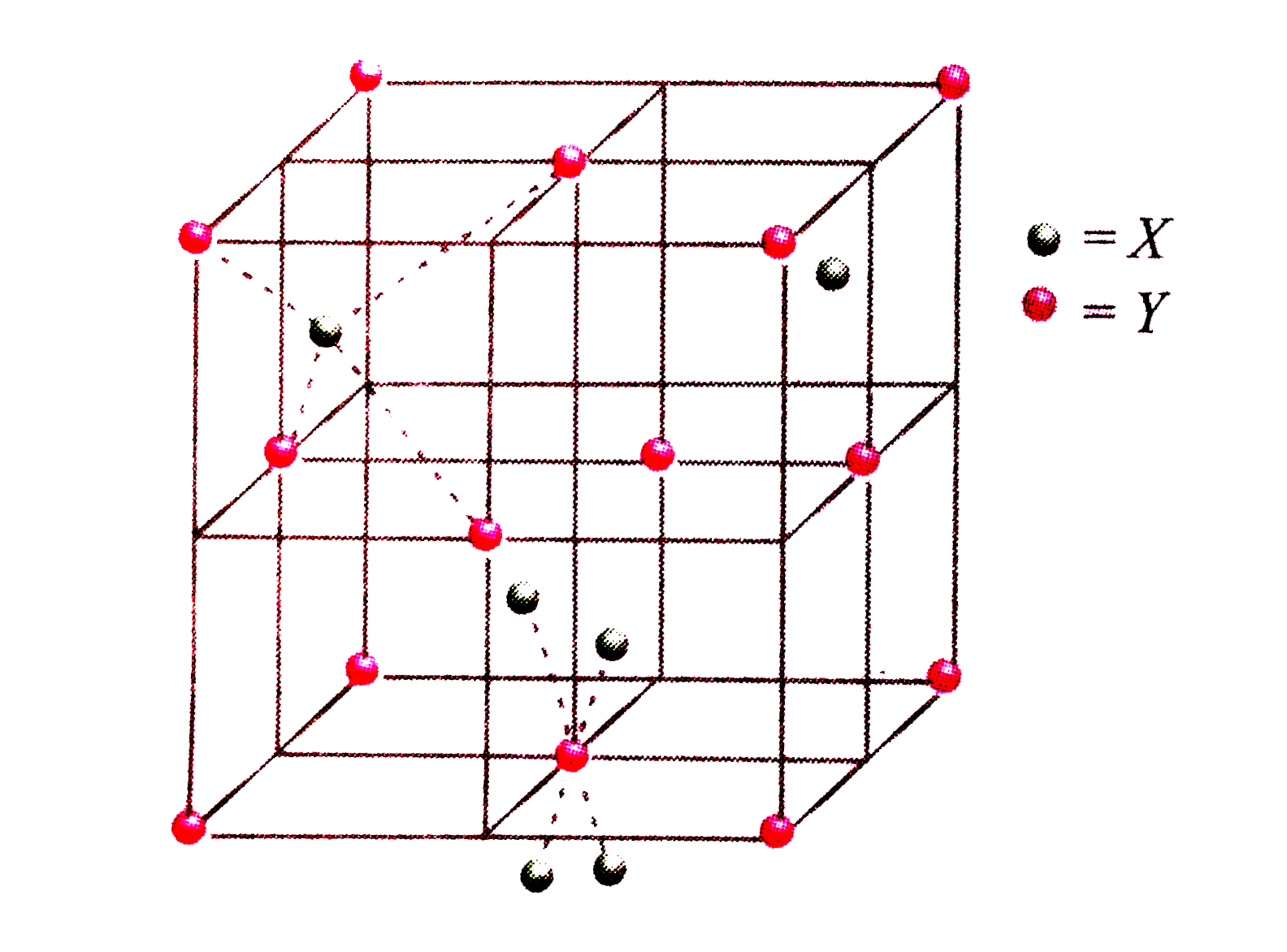A : The coordination number of ionic compound depends upon radius ratio.
R : Higher the coordination number higher will be stability.
If both Assertion & Reason are true and the reason is the correct explanation of the assertion then mark (1)
If both Assertion & Reason are true but the reason is not the correct explanation of the assertion, then mark (2)
If Assertion is true statement but Reason is false then mark (3)
If both Assertion and Reason are false statements, then mark (4)
The correct Answer is:B
To solve the given question, we will analyze the assertion and reason step by step.
Step 1: Understand the Assertion
The assertion states that "the coordination number of ionic compounds depends upon the radius ratio."
- Explanation: The radius ratio is defined as the ratio of the radius of the cation (R_c) to the radius of the anion (R_a). The coordination number refers to the number of nearest neighbor ions surrounding a central ion in a crystal lattice. For ionic compounds, this coordination number is influenced by the size of the ions involved.
Step 2: Analyze the Radius Ratio
The radius ratio can be expressed as:
Radius Ratio=RcRa
- Observation: As the radius ratio increases, the coordination number also tends to increase. For example, a radius ratio of 0.225 corresponds to a coordination number of 4 (tetrahedral), while a radius ratio of 0.414 corresponds to a coordination number of 6 (octahedral).
Step 3: Understand the Reason
The reason states that "higher the coordination number, higher will be stability."
- Explanation: This statement is also true. A higher coordination number means that more anions can surround a cation, and vice versa. This close packing leads to a more stable ionic structure because the electrostatic interactions between the cations and anions are maximized.
Step 4: Determine the Relationship Between Assertion and Reason
Now we need to determine if the reason provided is a correct explanation of the assertion.
- Analysis: While both statements are true, the reason does not directly explain why the coordination number depends on the radius ratio. The assertion is about the dependency of coordination number on radius ratio, while the reason discusses stability related to coordination number.
Conclusion
Based on the analysis:
- Both the assertion and reason are true.
- However, the reason does not correctly explain the assertion.
Thus, the correct answer is:
Option 2: Both assertion and reason are true, but the reason is not the correct explanation of the assertion.
---
The assertion states that "the coordination number of ionic compounds depends upon the radius ratio."
The radius ratio can be expressed as:
Radius Ratio=RcRa
The reason states that "higher the coordination number, higher will be stability."
Now we need to determine if the reason provided is a correct explanation of the assertion.
Based on the analysis:
- Both the assertion and reason are true.
- However, the reason does not correctly explain the assertion.
Option 2: Both assertion and reason are true, but the reason is not the correct explanation of the assertion.
Topper's Solved these Questions
- THE SOLID STATE BOOK - AAKASH INSTITUTE ENGLISHCHAPTER - THE SOLID STATE EXERCISE - Assignment (SECTION - C) (PREVIOUS YEARS QUESTION)
41 Videos
- THE S-BLOCK ELEMENTSBOOK - AAKASH INSTITUTE ENGLISHCHAPTER - THE S-BLOCK ELEMENTSEXERCISE - Assignment (Section-J)
10 Videos
- THERMODYNAMICSBOOK - AAKASH INSTITUTE ENGLISHCHAPTER - THERMODYNAMICSEXERCISE - ASSIGNMENT (Section -D) Assertion-Reason Type Questions
15 Videos
Similar Questions
Knowledge Check
In hcp arrangement the coordination number is
A6B12C8D10
What is the coordination number of hcp and ccp?
View SolutionIn diamond, the coordination number of carbon is:
View SolutionCoordination number of calcium is six in .
View SolutionWhat is the coordination number of TVs and OVs
View SolutionThe coordination number of a central ion may be obtained from
View SolutionWhat is the coordination number of octahedral voids?
View SolutionWhat is the coordination number of Ni in nickel DMG complex?
View Solution

